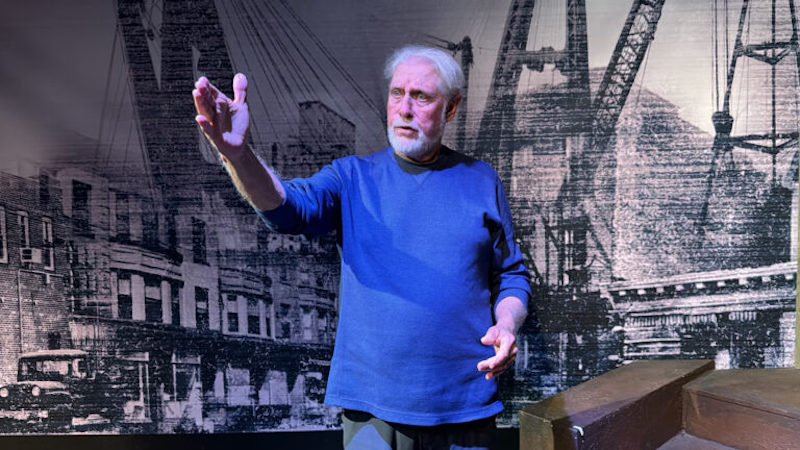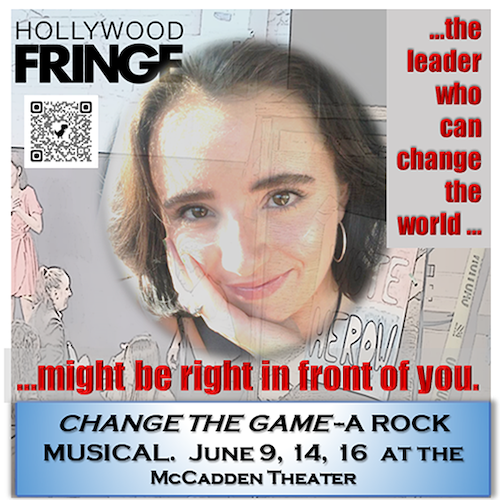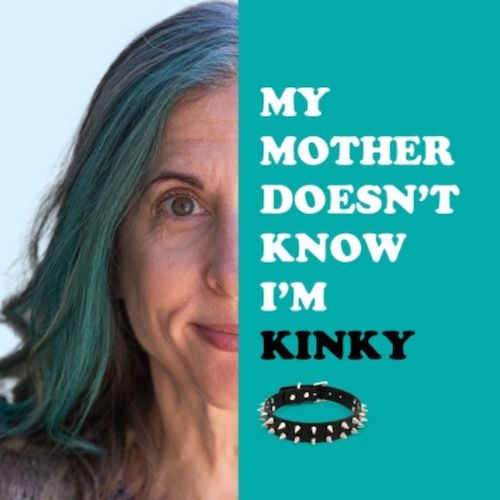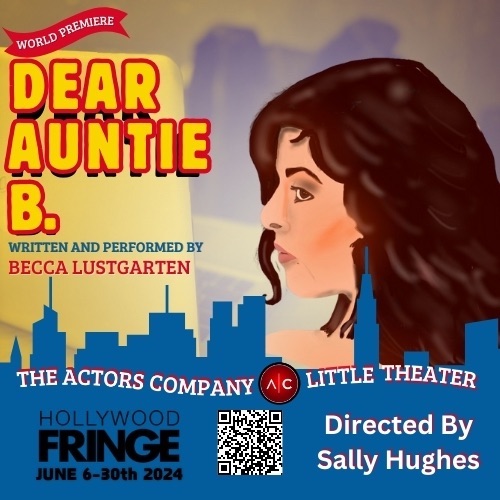Paul Linke (Photo by Austin Highsmith)
Reviewed by Steven Leigh Morris
Ruskin Group Theatre
Through Feb. 2.
RECOMMENDED
Paul Linke’s solo performance, It’s Only a Show!, is written and performed with a deeply abiding love and respect for its co-subject, the late stage actor-director and television personality Charles Nelson Reilly. The other co-subject is Linke himself, as the performance winds its way to the friendship and professional collaborations between the two men.
Linke directed Reilly’s autobiographical monologue, performed by Reilly, Save It for the Stage, which morphed into a performance that was filmed in Los Angeles, The Life of Reilly.
Linke rightly credits the writing of It’s Only a Show! to both Reilly and to himself. A good two-thirds of The Life of Reilly appears in It’s Only a Show! — stories and punch lines about Reilly’s impoverished and arduous upbringing in the Bronx and Connecticut in the late 1930s through the early 1950s, his soul-crushing mother and eventual escape into the theater and, later, into Hollywood. The difference is that Reilly’s show is autobiographical, delivered from a first-person view, whereas Linke’s perspective is, obviously, third-person, until he arrives at when the men met and worked together.
This renders the show an amalgam of biography and autobiography, and consequently slightly one-step-removed. If you want to appreciate the potency of autobiographical performance, see The Life of Reilly for yourself.
And if anyone knows about that potency, it’s Linke, who has built a distinguished career on his own autobiographical monologues.
Many of the details in The Life of Reilly, replicated in It’s Only a Show!, are transcendent.
Reilly’s father was, by his son’s account, a brilliant visual artist who hand-painted outdoor displays (posters) for Paramount Pictures, working from the studio’s New York offices. One day, a man with a pencil moustache approached him in his office, praised his renderings, and offered him a new life in California — but the artist’s wife (Charles Nelson Reilly’s mother) wouldn’t hear of leaving her East Coast family, ridiculing the elder (and younger) Reilly’s “big ideas.”
The man with the pencil moustache was Walt Disney.
On later realizing how he had squandered such an opportunity, and on subsequently losing his job when poster-technology transitioned from hand-drawn to photo-shopped, Reilly’s father lost his mind and was committed to a mental institution.
After he recovered (somewhat), the family moved to Hartford, where young Charles Nelson Reilly lived in a two-room squat, shared with his overbearing and bigoted mother, his fresh-out-of-the-asylum and sedated father, a lobotomized aunt, and a dapper uncle who wore a bowtie and at dinner read the daily obits in order to attend the funerals of complete strangers.
“Uncle Benny was the only family member with an active social life,” Reilly quipped (a line that shows up in It’s Only a Show!) punctuated with the declaration: “Eugene O’Neill would never get near this family!” (a line from The Life of Reilly that doesn’t show up in It’s Only a Show!)
Add two grandparents who spoke only Swedish and lobbed fish bones from their dinner across the room directly into the toilet. “They never missed.”
So much of both works are about opportunities, and seizing them, or floating forever in a kind of marsh or, in this case, “an Ingmar Bergman movie.” It’s also about what accrued experiences, (i.e. life) can do to a person. And how character is marked by rising above, or not. These are the kinds of timeless insights provided by both Reilly and Linke that have a transcendent quality, connecting the duo to the likes of Spaulding Gray, Kurt Vonnegut, and Mark Twain.
Perhaps it’s the show’s nostalgia under-riding its abundant humor that filled me with such sadness — that the opportunities provided to the likes of Charles Nelson Reilly and Paul Linke may not exist for a current, new generation. Reilly appeared in so many shows on Broadway that wouldn’t have a chance today. One play, by Ira Levin, closed the day it opened. He talked about it in one of his dozens of appearances on the The Tonight Show with Johnny Carson. He said that the show (in 1979) lost its investment of half a million dollars. Who can put on a play on Broadway for half a million dollars in 2024, even factoring in inflation?
Linke talks about how his career was made by Sylvie Drake, chief drama critic for the Los Angeles Times. In the last two decades of the 20th century, that newspaper had two lead critics, and a “theater beat” column with up to six contributors covering eight counties in Southern California. Add to that the Los Angeles Herald Examiner (gone!), the L.A. Weekly (gone!), the L.A. Reader (gone!), L.A. View (gone!) DramaLogue (gone!). He talks about how Reilly’s shows were a hit at the Tiffany Theatres (gone!).
So there’s transcendence in It’s Only a Show! But there’d also something anachronistic about it.
Still, under Edward Edwards’ direction, Linke’s performance is spirited, finely honed and expertly executed, absorbing from top to finish.
Ruskin Theatre Group, 3000 Airport Ave., Santa Monica. Sat., 5 pm, thru Feb. 2. www.ruskingrouptheatre.com Running time 65 minutes















